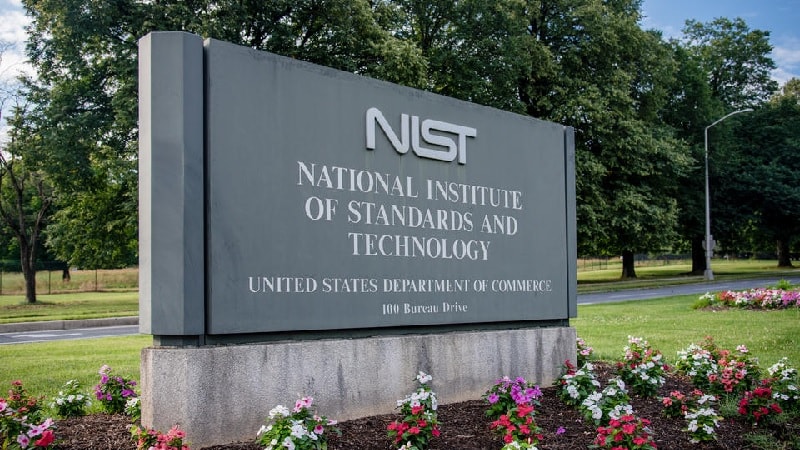
Dr. Laurie Locascio, the White House’s nominee to be the next director of the National Institute of Standards and Technology (NIST), told senators this week that she will prioritize cybersecurity of internet of things (IoT) devices, and bridging the cyber workforce gap if she is confirmed to head the agency.
Locascio, who has served more than three decades at NIST, outlined her vision as NIST director, as well as the need to foster trust in artificial intelligence technologies, at a Senate Commerce, Science, and Transportation Committee nomination hearing Oct 20.
“IoT is such an important technology right now, all the Internet of Things and linking everything that we do together,” Locascio told the committee. “There are so many important parts of that, including the security and safety and the reliability of those devices.”
“I understand that [NIST] has work already ongoing in the cybersecurity of the Internet of Things,” she added. “And, if I’m confirmed, I would continue to prioritize that because the connectedness really also could be a vulnerability, and so we need to make sure we have security built-in.”
When it comes to bridging the Federal cybersecurity workforce gap, Locascio committed to working with committee Chair Maria Cantwell, D-Wash., and ranking member Sen. Roger Wicker, R-Miss., on programs at NIST to expand the workforce. Locascio also expressed excitement for helping the agency grow and develop its plans to create the next generation of cybersecurity experts.
As far as her vision for NIST, Locascio said she sees NIST as a prime piece of the puzzle when it comes to creating international standards, advancing emerging technology, and more.
“It’s such a critical time to have a thriving and robust agency like NIST in this time of global competitiveness where we have a very strong and aggressive competitor,” Locascio said. “And NIST is an incredible agency that needs to move forward with strength.”
“My vision for this is that it would have strong intramural laboratory programs, and very strong and thriving extramural programs,” she outlined.
“Because this really works across this continuum from basic research in areas, like quantum computing, to applied research, like material science, that help our manufacturers every day, to the development of standards in AI and communications technologies, and all the way through to manufacturing,” she said. “And that’s a beautiful continuum that is necessary to support the health of our nation at this time when we are in such an important competition with China.”
NIST is currently in the process of developing an AI Risk Framework, and Locascio sees that as integral to building trust in the burgeoning technology.
“NIST has been asked and taxed to develop a framework for trust in AI, and it’s really a critical time that we do this as a country because AI is ubiquitous, it’s really in everything that we do these days,” Locascio said. “The industry can’t progress forward anymore unless we develop trust in AI, and the consumers can know that when they’re using something that has AI built into it, that they can trust that and they can believe that that is functioning properly.”
NIST’s AI Risk Framework is currently expected to be completed by 2023. The agency recently received feedback from the industry and the public on developing the framework.
